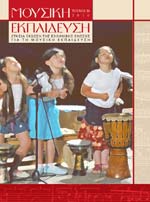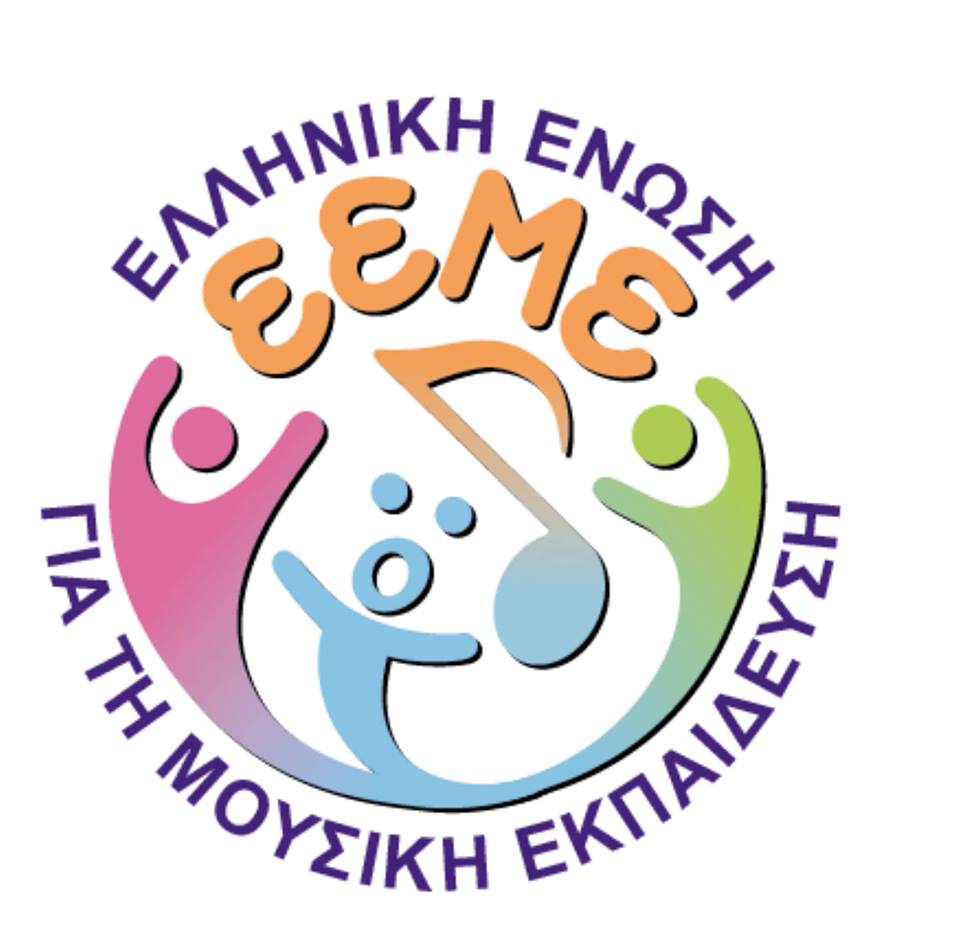
Dimitra Koniari
A “Kalimera...” (goodmorning) song
Α “Kalimera” (goodmorning) song written on the tune of “Frère Jacques” (p. 8).
Maria Dimitrakopoulou
Form & Hawaiian Music
The two above articles deal with teaching the concepts of musical form of a song and Hawaiian music. The proposed teaching plans are suitable for secondary education. The author presents some basic theoretical information and suggests a set of suitable exercises (p. 14).
Xenia Theodoridou
Breathing, body, expression during playing the piano
Piano teaching, more specifically its kinaesthetic part as carrier of musical expression and presupposition of the perceptible realization of its mental part, is a paedagogical field which is being often approached with many deficiencies and misinterpretations, even by theoretically equipped paedagogues, due to ignorance of fundamental methodological and substantial issues. In the following article, which will be published in two parts because of its length, the fundamental importance of breathing is pointed, not only as basis of the "technical" part of the interpretation, but of every organic hermeneutical approach, for both phonetic and instrumental music. The article resulted from the material of a workshop with this theme during the 6th International Conference of G.S.M.E. (2009), and its main starting point is the study "Der musikalische Atem. Atemschulung und Ausdrucksgestaltung in der Musik", by the fagottist and paedagogue Wolfgang Rudiger. The relation and interaction between interpretation and breathing will first be considered regarding the musical side/matters, with an historical consideration, and in the second part of the article from the medical view. Under the condition of cultivating musical breathing during teaching, the "classical" but of timeless value method of teaching the pianistic technique by Margit Varrό will be presented. This method is also suitable for an interdisciplinary approach. The musical examples which are given are focusing on the baroque era and since, due to reasons which relate to their predominance in the applied teaching repertoire today, but also for reasons which relate to the musical texture and the musical expression during interpretation in general (p. 34).
Hao Huang
Pianists’ posture: A first step towards comfort at the keyboard
One of the least discussed yet most problematic issues in piano technique involves posture. Very often our students waste energy and time in trying to cope with non-productive body attitudes at the piano. This paper begins with a brief overview of some of the most significant works on keyboard posture by CPE Bach, Muzio Clementi, Johann Nepomuk Hummel, Ludwig Deppe, Rudolph Mari Breithaupt and Jozsef Gat. A discussion of basic principles of healthy posture follows, to discover a means of avoiding injuries and promoting good technique. Issues such as sitting height, torso alignment, head and neck position, foot placement, shoulder position, forearm levels and wrist flexibility are also addressed. Alexander technique and the interplay of action and release in piano playing are analyzed. This leads to the realization that through accomplishing a conscious control over posture at the piano, the pianist prepares to become an artist, ready to make music (p. 47).





 Please wait...
Please wait...